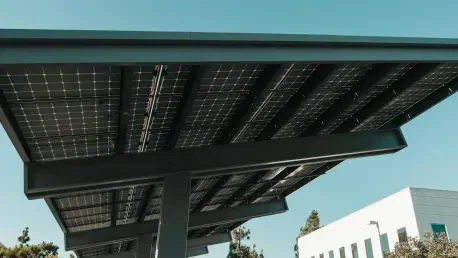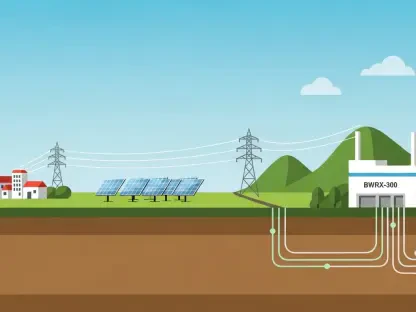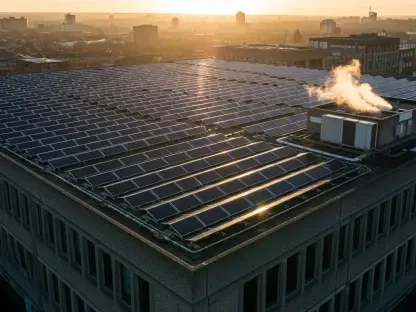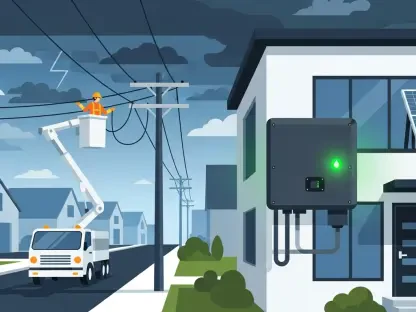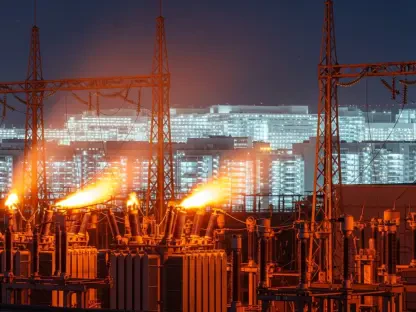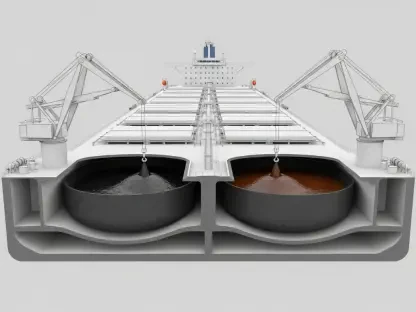Governor Gavin Newsom’s recent veto of AB 740, a bipartisan bill designed to accelerate the deployment of virtual power plants (VPPs) in California, has sparked intense debate among energy policy experts, clean energy advocates, and state officials. This decision, made amidst growing concerns over grid reliability and escalating energy costs, represents a significant roadblock to modernizing the state’s energy infrastructure. VPPs, which integrate distributed energy resources like rooftop solar, home batteries, and smart thermostats into a cohesive, flexible power network, are seen as a promising solution to meet rising demand while reducing emissions. Yet, the governor’s rejection of this legislation raises critical questions about the balance between fiscal responsibility and the urgent need for sustainable energy innovation. This article delves into the motivations behind the veto, the potential impacts on California’s energy landscape, and the broader implications for the state’s clean energy ambitions.
Exploring the Rationale Behind the Veto
Fiscal Constraints as a Primary Concern
The decision to veto AB 740 appears to be rooted in significant financial concerns, particularly regarding the strain on the California Energy Commission’s primary operating fund, which is already grappling with a structural deficit. Newsom highlighted that implementing the bill’s mandate for a comprehensive VPP deployment plan, in collaboration with the state’s utilities commission and the California Independent System Operator (CAISO), would exacerbate existing budgetary challenges. This perspective underscores a cautious approach to funding new initiatives, even those with potential long-term benefits. The governor’s stance suggests that without a clear mechanism to address immediate fiscal pressures, ambitious energy projects may face delays. This focus on financial stability reflects a broader tension in state governance, where short-term economic realities often clash with visionary policy goals aimed at transforming critical infrastructure.
Misalignment with Existing Energy Frameworks
Another key factor in the veto decision centers on the perceived incompatibility of AB 740 with the California Public Utilities Commission’s Resource Adequacy framework, which governs grid reliability planning. Newsom argued that the bill’s provisions did not effectively integrate with established systems, potentially undermining their ability to ensure a stable power supply. This reasoning points to a deeper issue of regulatory coherence, where innovative technologies like VPPs struggle to find a foothold within traditional energy structures. Clean energy advocates counter that such misalignment could be addressed through adaptive policy updates rather than outright rejection of progressive legislation. The debate highlights a critical gap between the pace of technological advancement and the slower evolution of regulatory mechanisms, posing a challenge to integrating cutting-edge solutions into California’s energy grid without disrupting existing operational standards.
Assessing the Broader Impacts and Future Considerations
Missed Opportunities for Grid Reliability and Cost Savings
The veto of AB 740 represents a significant missed opportunity to bolster grid reliability and achieve substantial cost savings for Californians, according to supporters of the legislation. Estimates from clean energy groups, including Advanced Energy United and the Solar Energy Industries Association, suggest that widespread VPP adoption could save up to $750 million annually in traditional power system costs while adding over 7.5 gigawatts of cost-effective capacity. These figures underscore the potential of VPPs to address both affordability and reliability challenges, especially as the state faces increasing energy demands. Without this legislative push, California risks prolonging its dependence on fossil fuel-based peaker plants, which are not only more expensive but also environmentally detrimental. The decision to halt this progress has left many stakeholders concerned about the state’s ability to meet its clean energy targets amidst growing pressure on the grid.
Policy Divide and the Path Forward
Beyond the immediate impacts, the veto reveals a stark policy divide between legislative enthusiasm for innovative energy solutions and executive caution driven by fiscal and regulatory constraints. The unanimous passage of AB 740 in both the state Assembly and Senate demonstrated strong bipartisan support, reflecting a shared recognition of VPPs as a vital tool for a resilient energy future. However, Newsom’s focus on budgetary prudence and alignment with existing frameworks suggests that alternative strategies are needed to bridge this gap. Moving forward, stakeholders might consider developing pilot programs or seeking federal funding to offset state costs, thereby testing VPP integration on a smaller scale before full implementation. Additionally, fostering dialogue between policymakers, utilities, and clean energy advocates could help align regulatory structures with technological advancements. Reflecting on this setback, it becomes evident that the journey toward sustainable energy requires not just innovation, but also a unified approach to overcoming financial and systemic hurdles.
